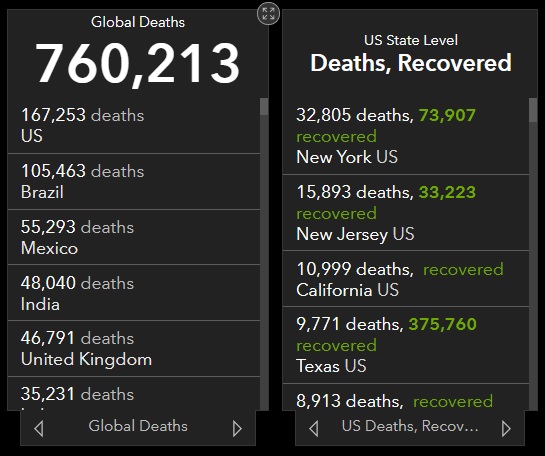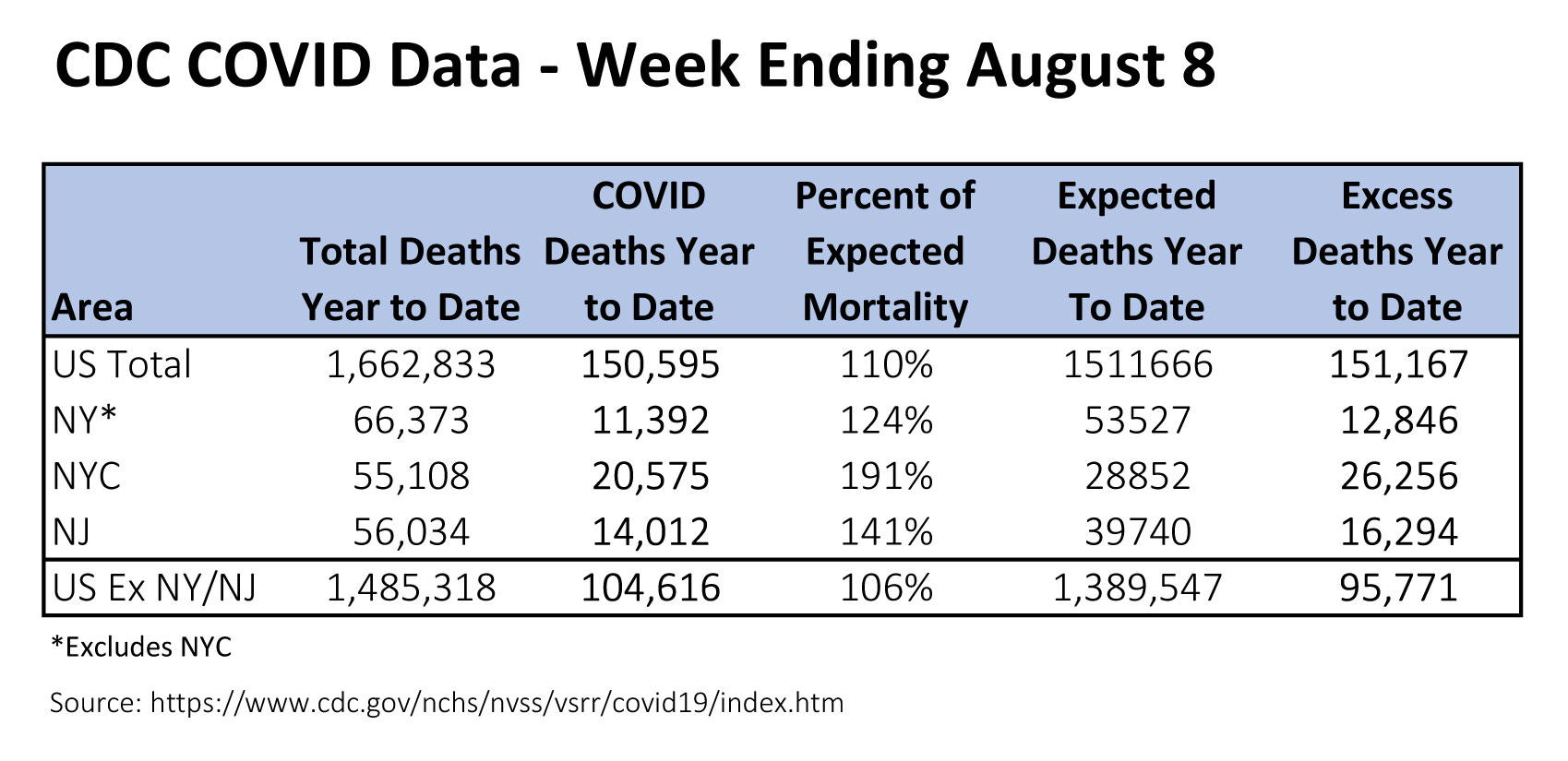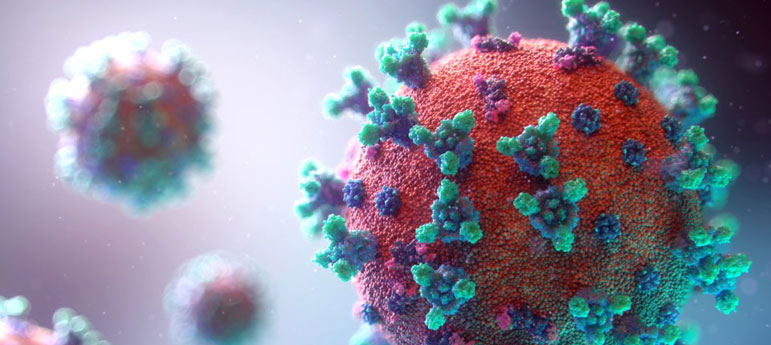Money focused and heartless capitalism, can you think of a worse system to manage a public health emergency? If you were to just give a cursory glance at COVID-19 data, you would have a pretty solid case that the capitalistic and free-market oriented approach to managing a pandemic is not working. Looking at COVID-19 data here in the U.S., there has been a much greater spread of the virus and incidence of mortality in the last three months versus other more socialistic countries in Europe or Asia. As of the middle of August there is a reported 760,000 global deaths, and the US accounts for 22% of those mortalities. Considering we make up around 4% of the world's population it is easy to tell a scary story about our pandemic response.

The problem with writing off our response at this point is that this story is long from being over, and we are just somewhere in the middle at this point. Could capitalism have a great character arc by the end of this tale and turn from zero to hero?
If you take a more in depth look at expected mortality rates here in the U.S. there is a discernable pattern already showing that may redeem capitalism in the end. Expected deaths is a rather morbid statistic that predicts how many people are expected to die from a given cause during a certain period, and is the entire basis for how life insurance is underwritten. For example, around 20 people are expected to die from dog attacks each year in the U.S. (https://www.wemjournal.org/). On an aggregate basis the US is currently sitting at an annualized rate of death 10% higher than expected according to data published by the CDC (Provisional COVID Death Counts).

The CDC dataset is broken out by states and time, and this is the information that I feel tells the true story and risk of COVID-19. In late Spring of 2020 COVID-19 related deaths peaked averaging over 15,000 weekly mortalities in a four-week period with most of those being focused around the New York City epicenter. Just two months later that average death count dropped by 75%. What was the reason for the drop? Based off data the spread of COVID-19 did not decrease in the US, and record infections have been reported for the bulk of Summer. While a case can be had that strides were made in treating the most serious symptoms of COVID-19, the data points to a strong possibility that the disease isn't as effective of a killer in humans during warmer weather, a trait similar to other influenza/pneumonia like diseases.
So, why are individuals continuing to spread this virus? At its heart, capitalism is simply a system of individuals caring for their own selfish interests, and when they do that the system tends to find an extremely optimized solution to most problems. Despite government ordinances and advice from experts to stay home, many Americans have gone about their daily routines and continue to spread COVID-19. The reason for this is simple, most people do not see a health crisis first-hand currently, and the data supports this. If you exclude New York and New Jersey from the death count, you end up with a death toll about 6% higher than the CDC's expected data. This is a far cry from the 91% increase experienced by those in New York City, and to the average citizen a 6% change is completely unnoticeable. In fact, some states like our own, North Carolina, are experiencing fewer deaths year to date. In North Carolina deaths are down 16%, and in West Virginia they are down an astonishing 22%.

While mass transmission has been occurring in the U.S. for months, a significant increase in mortality has not been experienced. The selfishness of Americans to spread COVID-19 during the Summer months potentially gives us all a more effective herd immunity defense against the disease going into Winter and 2021. Some mathematical models (https://science.sciencemag.org) show a significant herd immunity with an infection rate as low as 40%. While positive tests in the U.S. only sit around 2% of the population, some random antibody tests in hard hit locations have shown infection rates of 50% ( https://www.nytimes.com/).
We are all hoping the world has an effective vaccine to counter the virus soon. Hopefully, the experts will end up doing their part to hand a defeat to the pandemic, but what if they fail and do not have an effective counter measure before cold weather arrives? There are countries in Asia and Europe that have bet everything on a vaccine. They praise themselves for having "defeated" the virus, but they are claiming defeat against a competitor not currently in its prime. Without a vaccine, colder climate areas that did not allow transmission and have high population density are going to be at a much greater risk of seeing a repeat of the outbreaks had in New York City and Northern Italy.
Only time will tell if the capitalistic approach to managing this pandemic was successful or not. Unfortunately, the price of a herd immunity is steep. We have seen a great loss of life to the disease, and it seems likely to continue through the remainder of 2020. However, there is reason for optimism from a health care management and economic standpoint. For every person who has contracted COVID-19 it is likely to be one less person to spread it going forward. Going into a new year this hopefully gives at risk individuals greater safety and gives the economy and all of us a potentially much better year in 2021.




